How Does Solar Energy work?
You probably must have seen those huge panels on the roof of many houses and have asked yourself “oh man how does this thing work?”.
Well, I will walk you through the process of this solar energy works. Firstly, you should know that solar energy is the most abundant type of energy in the world today and it is gotten from the sun.
That means the sun generates energy which is converted into electricity and used to power your home, office, farm, or wherever you need your installation to be made.
You can also read solar power for beginners
Solar power is of tremendous benefit to you. Once the installation is made, here are some benefits you would get
- It improves your home value.
- Solar makes you independent of the utility company.
- You contribute to saving the planet by installing solar panels.
- You have money too.
Component of solar
The solar panels installed on the roof are just one of the components that helps in utilizing the free energy generated by the sun. The components include
- Solar panels
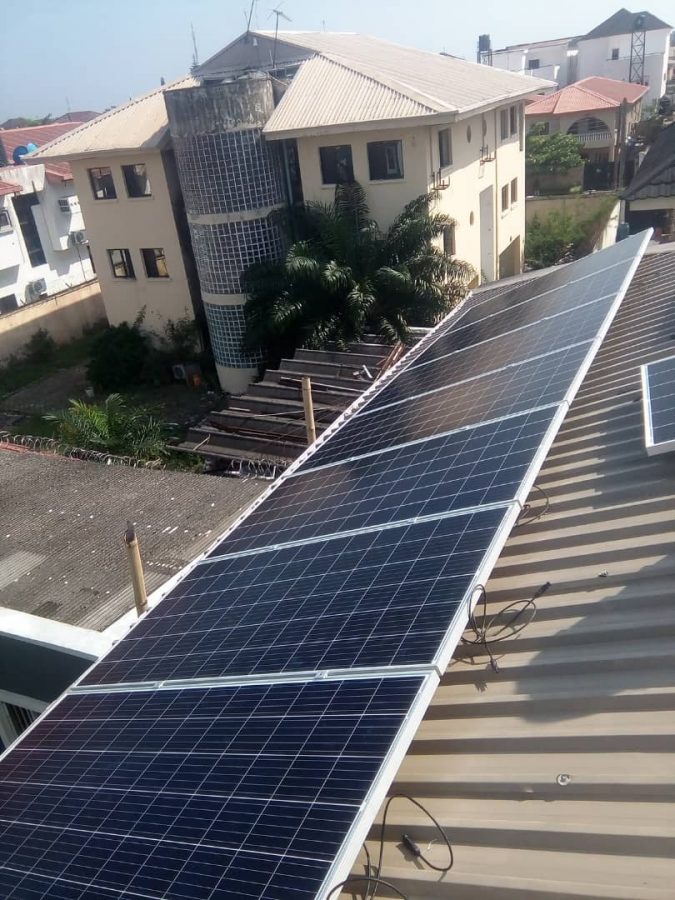
- Inverter
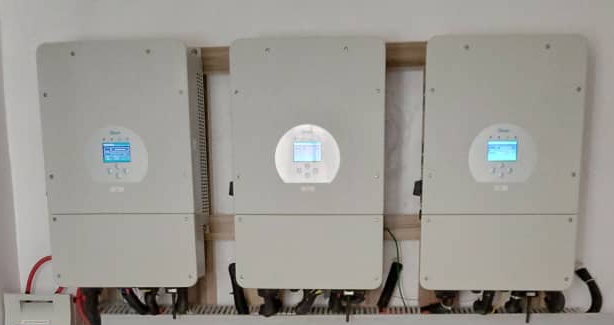
- Battery
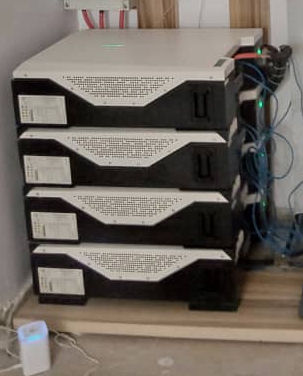
How Do Solar Panels Generate Electricity?
1. Absorption
Each solar panel possesses solar cells which can also be called photovoltaic cells. These cells are responsible for absorbing light from the sun. The panels are connected in a series for maximum effect.
2. Electric current
When solar energy strikes the photovoltaic cells in the solar panel, it energizes it and this results in electrons getting loose from atoms. The loose electrons now are put in motion which further creates an electric current.
3. Storage
The electric current generated is stored in your battery.
4. Conversion
The current generated from the sun is a Direct Current (DC) and it is stored as such in your battery. For use in the home or any other place where the installation was made, the Direct Current needs to be converted to an Alternating Current (AC).
That’s where the inverter comes in.
The inverter converts DC to AC.
5. Ready to use
The converted electricity is ready to use in powering your appliances.
A Simple Illustration on How Solar Works
Let’s look at a simpler illustration of how solar energy works. For this illustration,
- The sun is likened to be fuel
- The solar panel is likened to be a gas pump.
- The battery is the tank and
- The inverter is the engine.
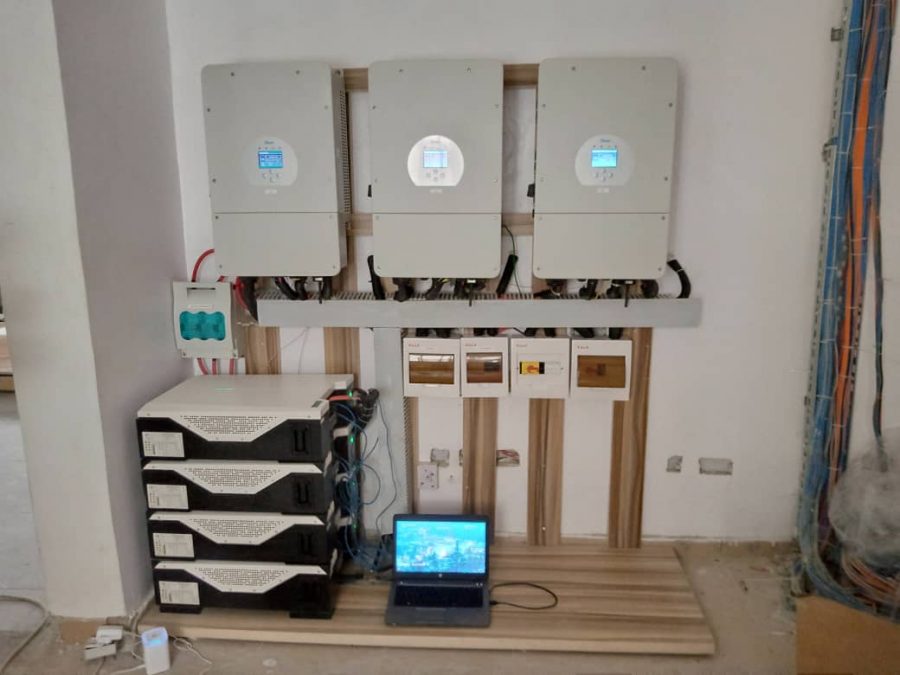
Here’s how it works
The sun(fuel) hits your panels(gas pump) through a chemical process and the panels turn solar energy into Direct Current (DC).
Your panel determines how much current can be stored in your battery(tank). The bigger your panels, the more energy you get from the sun to store in your battery and the longer you can run your inverter (engine).
The energy stored in the battery is a Direct Current (DC). For it to be used in powering your appliances, it needs to be converted to an Alternating Current (AC) by an Inverter.
The inverter converts the current and sends it to your devices for use.
Final thoughts
Now you know how the sun can power your home and minimize cost.
Interested in installing solar panels for your home, farm, office,e or any other place?
Explore our solar products or contact us
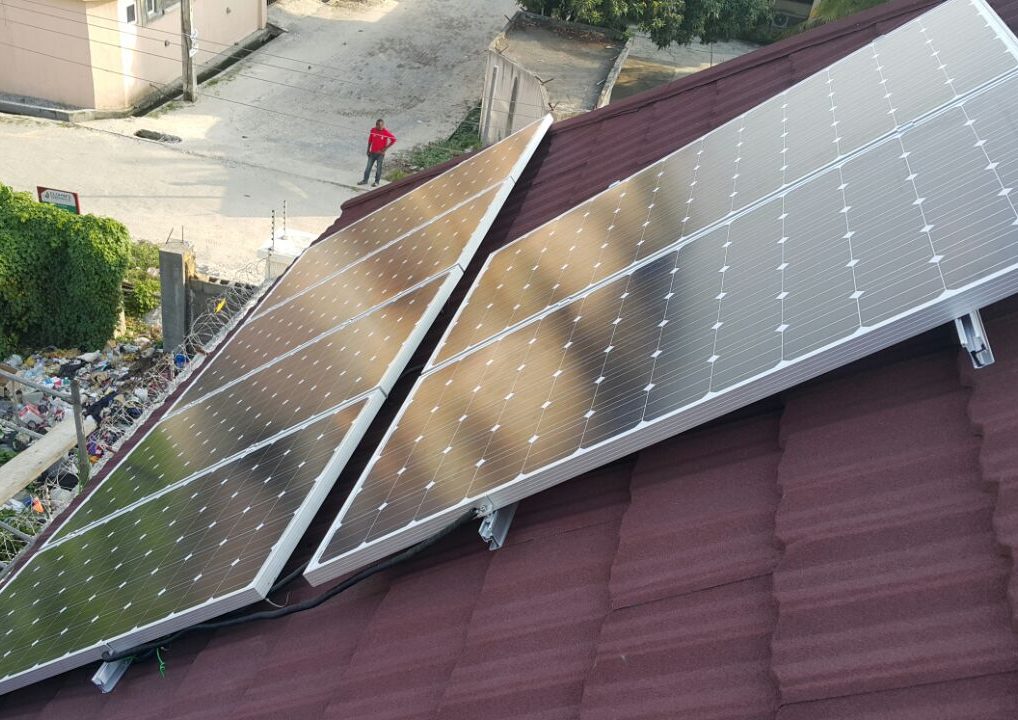
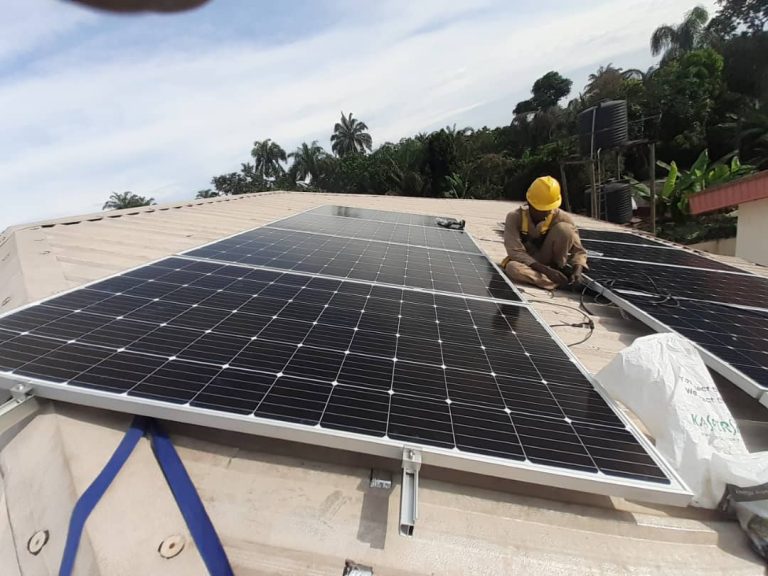
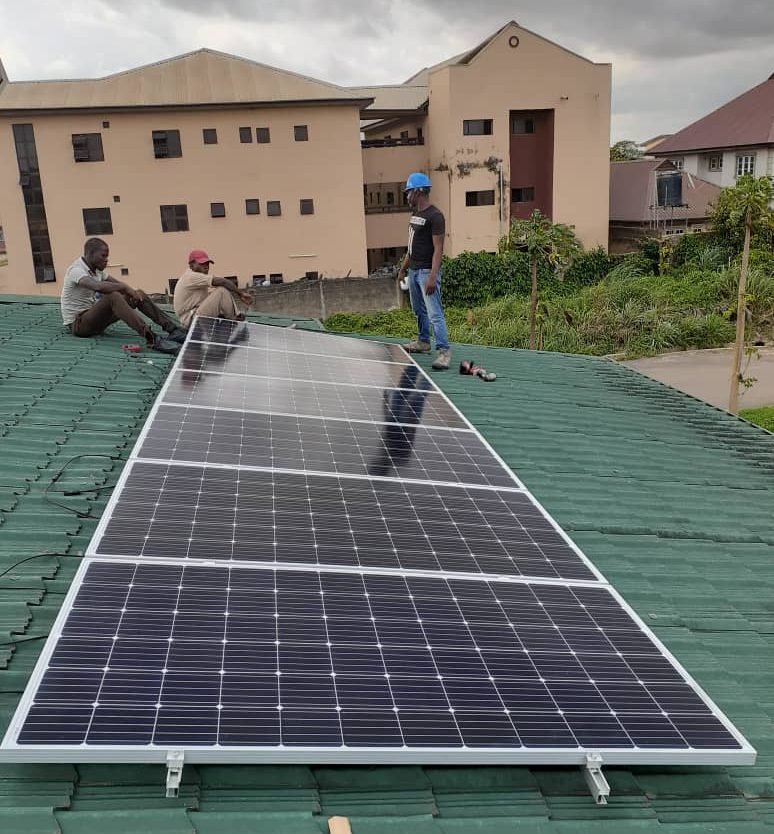


You must be logged in to post a comment.